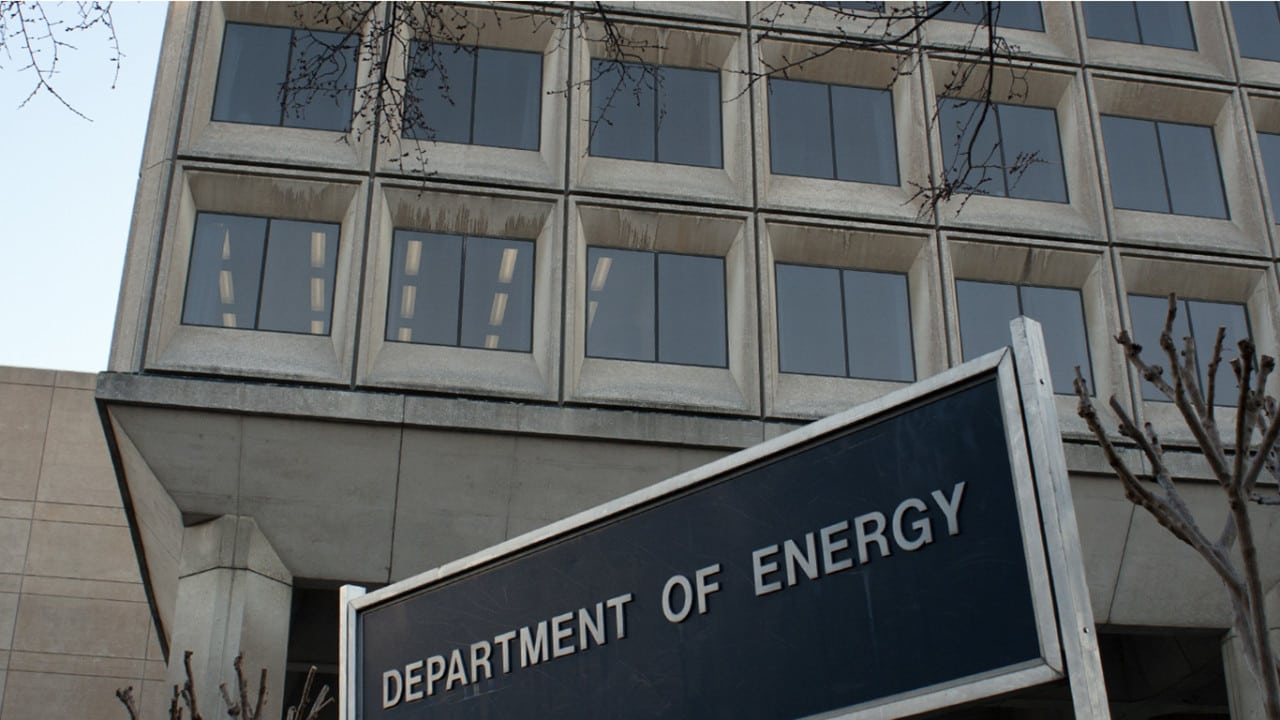
The budget for the Department of Energy’s Office of Nuclear Energy would fall about 12% to around $1.56 billion in fiscal year 2024 if the White House’s latest federal spending request became law.
That’s about $210 million less than the 2023 appropriation Congress provided in December in an omnibus spending bill for the part of DOE responsible for civilian nuclear waste management and associated technology development.
For its Integrated Waste Management System portfolio, the Office of Nuclear Energy requested $53 million: exactly what it received from Congress in 2023 for a portfolio of programs that includes the office’s drive to find a willing host community for a federally owned and operated interim storage site for spent nuclear fuel.
Federal law prohibits DOE from building and operating an interim spent fuel storage site until the agency first builds a permanent geologic repository for spent fuel, but DOE maintains that it is allowed to at least search for a willing interim storage host.
The only congressionally authorized site for permanent spent fuel storage, Yucca Mountain in Nye County, Nev., is effectively dead after decades of political resistance.
While it waits for relief on spent fuel storage, DOE planned to continue work on some of the technical and political challenges of transporting spent nuclear fuel en masse by railroad.
In the 2024 budget request, the Office of Nuclear Energy said it wants to take the first steps down “the acquisition path for transportation casks” for spent nuclear fuel.
In addition, with the funding it requested for 2024 for the Integrated Waste Management System, the Office of Nuclear Energy also to conduct a “full-scale package performance test of a rail-sized SNF cask to help build public trust and confidence in the safety of SNF transport to Federal storage and disposal facilities,” according to a detailed budget request the agency released late Monday.
Also according to the request, DOE plans on “[e]ngaging with State and Tribal partners to cooperatively plan for large-scale SNF [spent nuclear fuel] transportation, including approaches to emergency response training and vehicle safety inspections.”
After a Senate hearing last week, the head of the Office of Nuclear Energy said DOE might be able to build an interim storage facility for spent nuclear fuel in 10 or 15 years, if Congress removes the legal prohibition against doing so.
During that Senate hearing, the unbending anti-Yucca Sen. Catherin Cortez Masto (D-Nev.) questioned the value of federal assurances that casks designed to haul spent nuclear fuel to a centralized repository are safe.
Through 2021, U.S. power plants had generated 90,000 metric tons of spent nuclear fuel, DOE wrote in its latest budget request, citing a study published by the agency’s Pacific Northwest National Laboratory.
By 2060, the remaining U.S. power plants could generate 60,000 tons more for a total of 140,000 metric tons of spent nuclear fuel, according to the study. Currently, power plant operators keep spent fuel in dry storage on concrete pads at or near the reactors that burned the fuel.